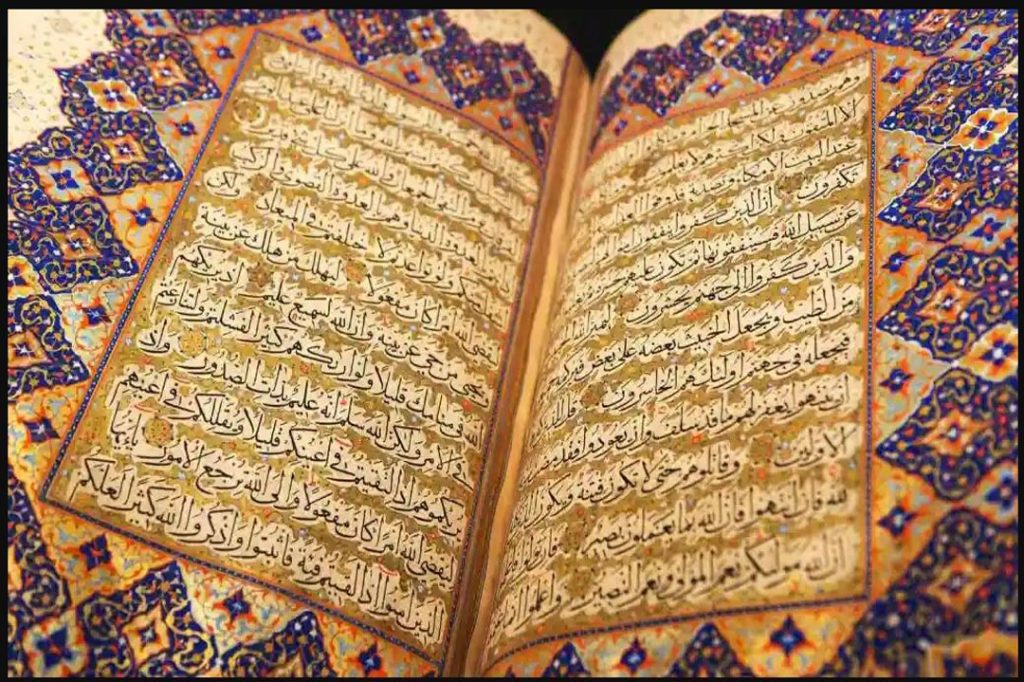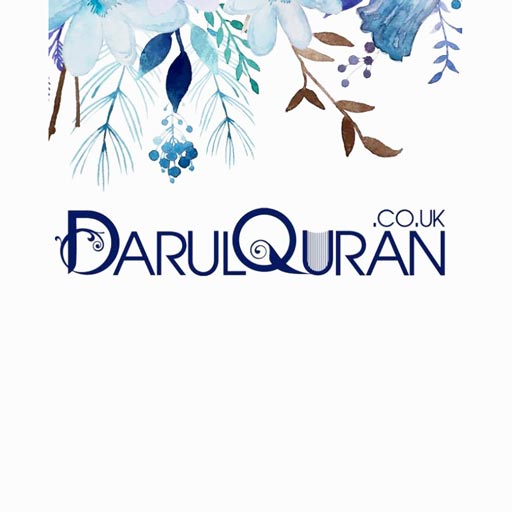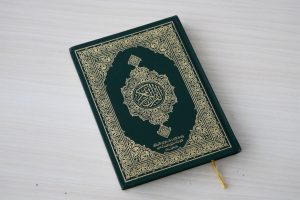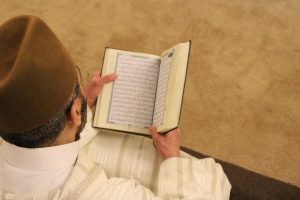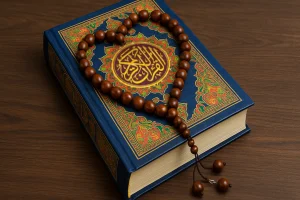“reflecting and understanding is more beneficial of much repeating and learning.”
Ali ibn Abi Talib(a)
The sacred Quran is the holy book of Islam Quran revered as the literal word of God. It is recited and memorized by millions of Muslims worldwide and its proper recitation is considered of utmost importance.
Quran has been preserved in different recitations known as qiraat to accommodate the linguistic diversity of the Muslim world.
In this article we will explore the ten recognized qiraat of the noble Quran their historical significance and their impact on the Muslim community.
- Qiraat: A Brief Overview
The recitation of the sacred Quran has always been of utmost importance in Islamic culture. From the time of Prophet Muhammad, the oral transmission of Quran was central to its preservation and dissemination.
As Islam spread across different regions variations in pronunciation and recitation naturally emerged leading to the development of different qiraat styles. Qiraat plays a crucial role in the study and understanding of the Holy Quran.
It not only allows Muslims to recite Quran with proper pronunciation and intonation but also provides insights into the linguistic and rhetorical aspects of the text.
Each qiraat style offers a unique perspective on the meaning and interpretation of the sacred Quran enriching the understanding of its message.
The Transmission of Qiraat
The transmission of qiraat styles has largely been an oral tradition passed down from one generation to another through meticulous memorization and recitation. Scholars known as Qari (reciters) dedicated their lives to mastering and preserving these different styles.
Over time written texts and recordings have also played a significant role in preserving and disseminating qiraat.
- The Ten Qiraat
The ten qiraat of the Quran are as follows:
- Nafi’ al-Madani
- Ibn Kathir al-Makki
- Abu ‘Amr ibn al-‘Ala’
- Ibn ‘Amir ad-Dimashqi
- ‘Asim ibn Abi al-Najud
- Hamzah az-Zaiyyat
- Al-Kisai
- Abu ‘Amr Hafs ibn Sulayman
- Ibn ‘Amir ash-Shami
- Ya’qub ibn Ibrahim al-Hadrami
These renowned reciters were prominent figures during the early Islamic era and played a pivotal role in preserving the Quranic text.
- Historical Significance of the Qiraat
The qiraat have historical significance as they reflect the diverse linguistic backgrounds of the early Muslim community. During the time of Prophet Muhammad ﷺ the noble Quran was primarily recited in the dialect of the people of Mecca and Medina.
However, as Islam spread across different regions linguistic variations emerged necessitating the development and preservation of different recitations.
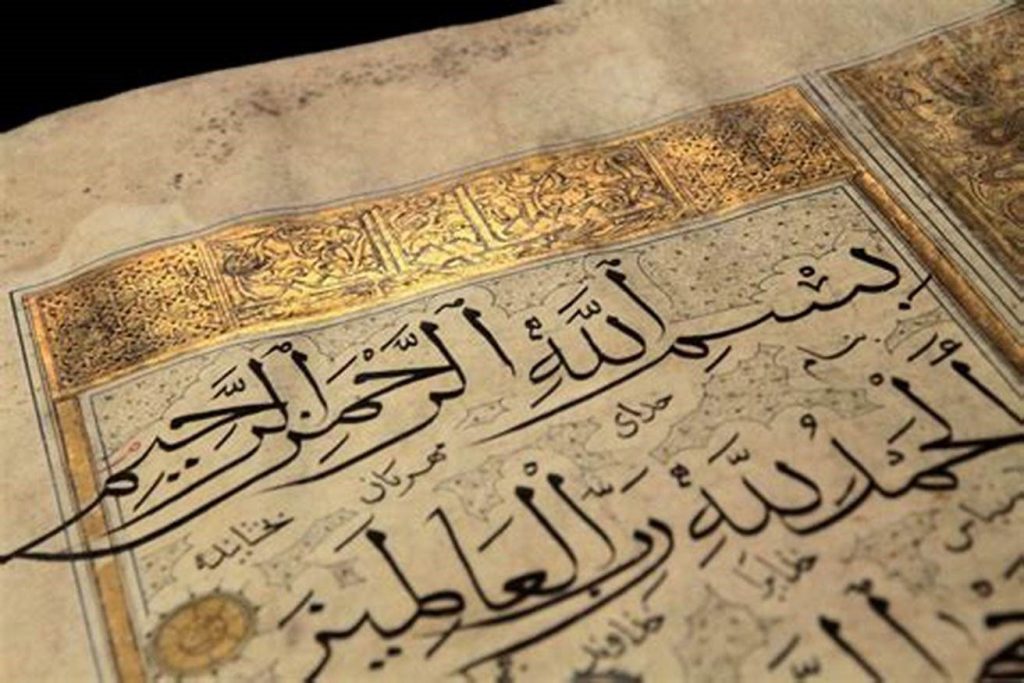
- Impact on the Muslim Community
As the Muslim community expanded and spread out across different regions, variations in the recitation of the Holy Quran began to emerge. These variations were largely due to differences in dialect and pronunciation among the early Muslim communities.
To address this issue, the Caliph Uthman ibn Affan, the third Caliph of Islam, ordered the compilation of a standard text of the sacred Quran, known as the Uthmanic codex, which would be distributed to the Muslim world.
This codex helped to standardize the recitation of the Quran to some extent, but variations in qiraat continued to persist.
Several key figures have played a crucial role in the development and preservation of the different qiraat of Quran. One of the most prominent figures in this regard is Imam Hafs, who is credited with the preservation of one of the most widely used qiraat in the Muslim world today, known as the Hafs-An-Asim qiraat.
This qiraat is distinguished by its recitation of Warsh or Qalun, but both are eponymous of its structure, the longest in term. Hafs-An-Asim belongs to the group of reciters said to be Mish-Qalun.
Another influential figure in the field of qiraat is Imam Nafi, who is known for his recitation, Qalun an Nafi, and is also among the seven reciters that are acknowledged for transmitting the recitations of the noble Quran through an authentic chain of transmission.
His qiraat is particularly prevalent in North Africa and is recited by many Muslims in the region.
The different qiraat of the Holy Quran have had a profound impact on the Muslim community in several ways. Firstly, the variations in recitation have enriched the understanding and interpretation of the sacred Quran.
Different qiraat provide alternative ways of reciting the text, which can lead to nuanced differences in meaning and emphasis.
This has allowed for a greater appreciation of the depth and complexity of the Quranic text among Muslims.
Additionally, the different qiraat have allowed for the preservation of the oral tradition of recitation, which has been a central aspect of Islamic worship and practice since the time of the Prophet.
The various qiraat have been passed down through generations of Muslim scholars and reciters, ensuring that they remain a vibrant and integral part of Islamic tradition.
The existence of multiple qiraat has also led to debates and disagreements within the Muslim community regarding which recitation is the most authentic or authoritative.
This has at times led to divisions and tensions within the community, as different groups and scholars have advocated for their preferred qiraat. This has also sometimes led to confusion among lay Muslims, who may be unsure about which recitation to follow.
Influential Individuals in the Field of Qiraat
Several influential individuals have made significant contributions to the field of qiraat. One such figure is Imam Shatibi, a renowned scholar of qiraat who is known for his comprehensive work on the different recitations of Quran. His contributions to the field have helped to deepen the understanding of the qiraat and their significance within the Islamic tradition.
Another influential figure is Imam ibn Mujahid, who is credited with establishing the canonical seven qiraat that are widely recognized in the Muslim world.
These canonical qiraat are considered to be the most authoritative and are often the subject of scholarly study and analysis. There are various perspectives within the Muslim community regarding the qiraat of the noble Quran.
Some Muslims view the variations in recitation as a source of enrichment and diversity, believing that the different qiraat offer valuable insights and nuances to the Quranic text.
This perspective emphasizes the importance of preserving the oral tradition of recitation and the contributions of the various reciters throughout Islamic history.
Other Muslims, however, view the existence of multiple qiraat with skepticism, fearing that the variations in recitation may lead to confusion and potential deviations from the authentic text of the sacred Quran.
This perspective often emphasizes the need for standardization and uniformity in the recitation of the noble Quran, in order to avoid any potential distortion or misinterpretation of the text.
In the future, it is likely that the qiraat of the sacred Quran will continue to be a subject of scholarly study and discussion within the Muslim world. There will likely be continued efforts to preserve and transmit the different recitations, as well as to deepen the understanding of their significance within the Islamic tradition.
Additionally, advancements in technology and communication may lead to new opportunities for the dissemination and study of the qiraat, allowing for greater accessibility and engagement with this important aspect of Islamic heritage.
the qiraat of the noble Quran have had a significant impact on the Muslim community, shaping the way the Holy Quran is understood, recited, and interpreted.
The various recitations have enriched the oral tradition of Quran and have provided valuable insights and nuances to the text. However, the existence of multiple qiraat has also led to debates and tensions within the Muslim community.
Moving forward, it is important for the Muslim community to engage in constructive dialogue and scholarship regarding the significance of the qiraat, in order to ensure the preservation and understanding of this important aspect of Islamic tradition.
By studying the various recitations scholars gain a deeper understanding of the linguistic nuances and variations present in the Arabic language during the time of the Prophet.

- Preservation and Transmission
The preservation and transmission of the qiraat have been a meticulous process. Scholars and memorizers dedicated their lives to memorizing and transmitting the qiraat through an unbroken chain of narrators. These chains of transmission known as isnads ensure the authenticity and accuracy of the qiraat.
- The Role of Qiraat in Tajwid
Tajwid refers to the set of rules governing the correct pronunciation and recitation of the Holy Quran. The qiraat play a vital role in Tajwid as they provide guidelines for the proper enunciation of Arabic letters elongations pauses and other aspects of recitation.
Understanding the different qiraat is essential for students of Tajwid to master the art of Quranic recitation.
Inclusion, the ten qiraat of the sacred Quran represent the linguistic diversity and adaptability of the Islamic faith.
They have played a significant role in preserving the Quranic text and ensuring its accurate recitation across different regions.
The qiraat continue to be a source of inspiration and guidance for Muslims worldwide enabling them to connect with Quran in a deeply personal and meaningful way.

